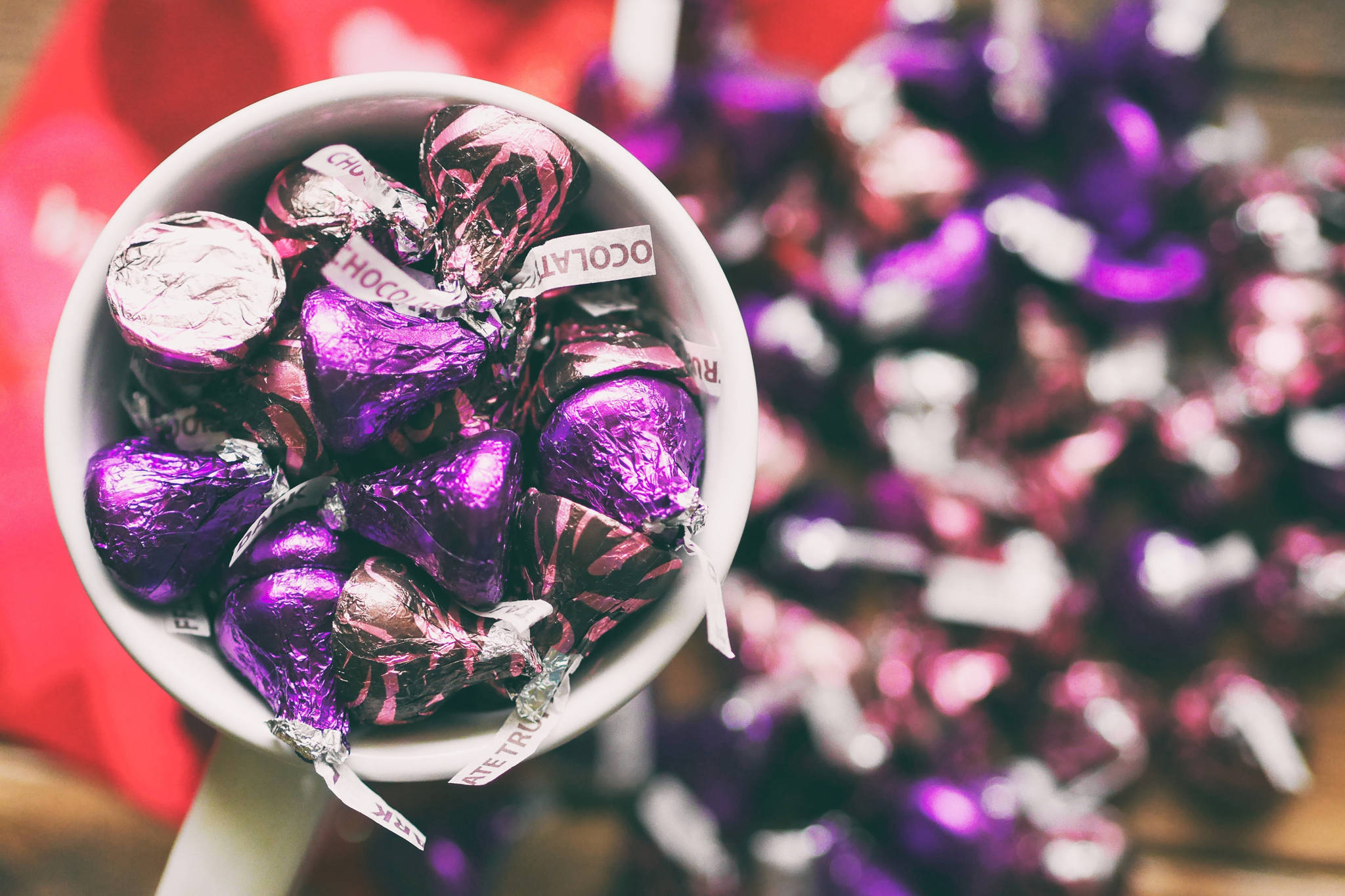Break out the last-minute candy and pray your wife’s friends’ husbands didn’t do something elaborate like collect rain in a bottle or stand outside their window with a boombox blaring “In Your Eyes” — it’s Valentine’s Day again.
But there’s more to this annual celebration of romance than eating chocolate and feeling bad about yourself.
The holiday — also known as Saint Valentine’s Day, the Feast of Saint Valentine or the apt initials “VD” — is observed every year on February 14. This also happens to be the same day as National Organ Donor Day, thereby enabling you to give that special someone your heart, twice.
[When the going gets tough, the tough celebrate holidays]
After New Year’s Day, Valentine’s Day is the world’s second most celebrated holiday —take that, Christmas. And it also ranks among the oldest, with origins in the liturgical celebration of third-century Christian saint Valentinus, known for performing weddings of soldiers in defiance of the military prohibition against marriage. He is also the patron saint of Russell Stover.
Associations between Valentine’s Day and romance first came via poet Geoffrey Chaucer in early 1400s, a time noted for courtly love poetry (as well as bubonic plague). By the middle of the 15th century, Valentine’s Day had evolved into an occasion for people to openly express love for each other, which makes sense considering one-third of Europe had just succumbed to the Black Death — lots of repopulating to do.
Interestingly enough, many elements of contemporary Valentine’s Day originated in England, a country as synonymous with romance as it is culinary art. In fact, the verse “roses are red, violets are blue,” comes from Edmund Spenser’s 1590 epic poem “The Faerie Queene.” It is also the first documented usage of “Who has two thumbs and loves gettin’ it on? This guy!”
Paper valentines, themselves, also originated in England; by the mid-1800s, factory production began. In 1847, Esther Howland of Worcester, Massachusetts introduced mass-produced valentines to the United States. This year, the U.S. Greeting Card Association estimates Americans will mail nearly 150 million paper valentines. To put that number in perspective, only 130 million ballots were cast in the 2016 presidential election.
These days, Valentine’s Day has grown into a commercialized holiday on par with Halloween, Mother’s Day and Income Tax Day (I know my little dependents can’t wait to hang up their 401K stockings). Valentines now extend to all manner of gifts, from roses to jewelry to Lexuses — even control top panty hose. No joke: my wife’s friend recently texted her a photo of a store display in Chicago advertising “Valentine’s Day Special: Buy 1 Get 1 Free Medi Surgical Stockings.”
[Happy ‘Neau Year: Resolutions for Juneau in 2019]
Of course, Valentine’s Day isn’t all luxury sport sedans and support hosiery for everyone. February 14 is also a date historically associated with carnage, and not just in the context of middle school dating. In 1929, it saw the execution of seven Al Capone gang rivals (an event known as the “Valentine’s Day Massacre”); in 1945, the firebombing of Dresden and just last year the Marjory Stoneman Douglas High School shooting. There’s nothing funny about that (just ask Louis C.K.). There is, however, something funny about the Canadian Asbestos Strike of 1949, which also took place on Valentine’s Day.
Famous Valentine’s Day birthdays include: Civil War General William Tecumseh Sherman (oh, baby!); Carl Bernstein of Woodward and Bernstein (ooh la la!) and Teller of Penn and Teller (rrrowr!).
History aside, people mark Valentine’s Day in many different ways. Couples typically go out for expensive meals or travel to romantic destinations, often choosing the occasion to “pop the question,” by which I mean “why do we keep going to such crowded rip-offs for Valentine’s Day year after year after year?”
[New play is ‘Whale’ worth your time]
And of course, Valentine’s Day has also come to be associated with many signs and symbols — just look at the seasonal aisle of your local supermarket — few more popular than Cupid, hearts and roses.
Cupid, ancient Roman god of erotic love, is usually depicted nude or diapered, although sometimes wearing pasties if required by local ordinance. In a nutshell, Cupid inspires romance by shooting his special arrow — nothing suggestive about that. Cupid is the son of Venus and Mars, making him equal parts love and war. Nothing suggestive about that, either.
The heart has long represented human emotion. In its familiar red two-lobed iteration, the heart symbol first appeared as a playing card suit in the 15th century. However, scholars dispute what the shape actually represents, as it only bears vague anatomical resemblance to the real human heart. Various other body parts — male and female alike — have been suggested as possibilities, the arguments are pretty convincing. Of course, that doesn’t mean you want to think about those body parts when you’re eating Lucky Charms, either.
Ancient symbols of love and beauty dating back to ancient Greece, roses are by far the most common flowers given on Valentine’s Day. Although, if you really wanted to express your love by way of horticulture, you’d give that special someone a cactus.
Seriously, think about it. Roses die in a matter of days. No matter what you do, it’s nearly impossible to kill a cactus.
So, Happy Valentine’s Day, Juneau. I love you all … As a friend, you know, just friends.
• Geoff Kirsch is an award-winning Juneau-based writer and humorist. “Slack Tide” appears every second and fourth Sunday in Neighbors.

